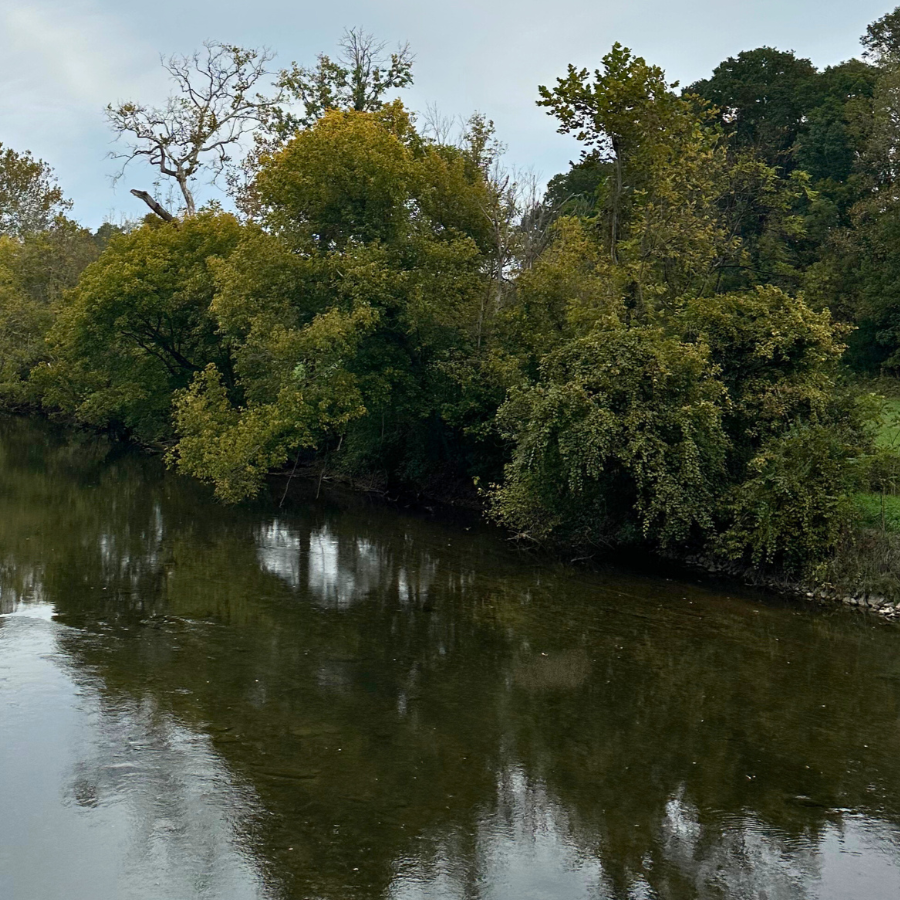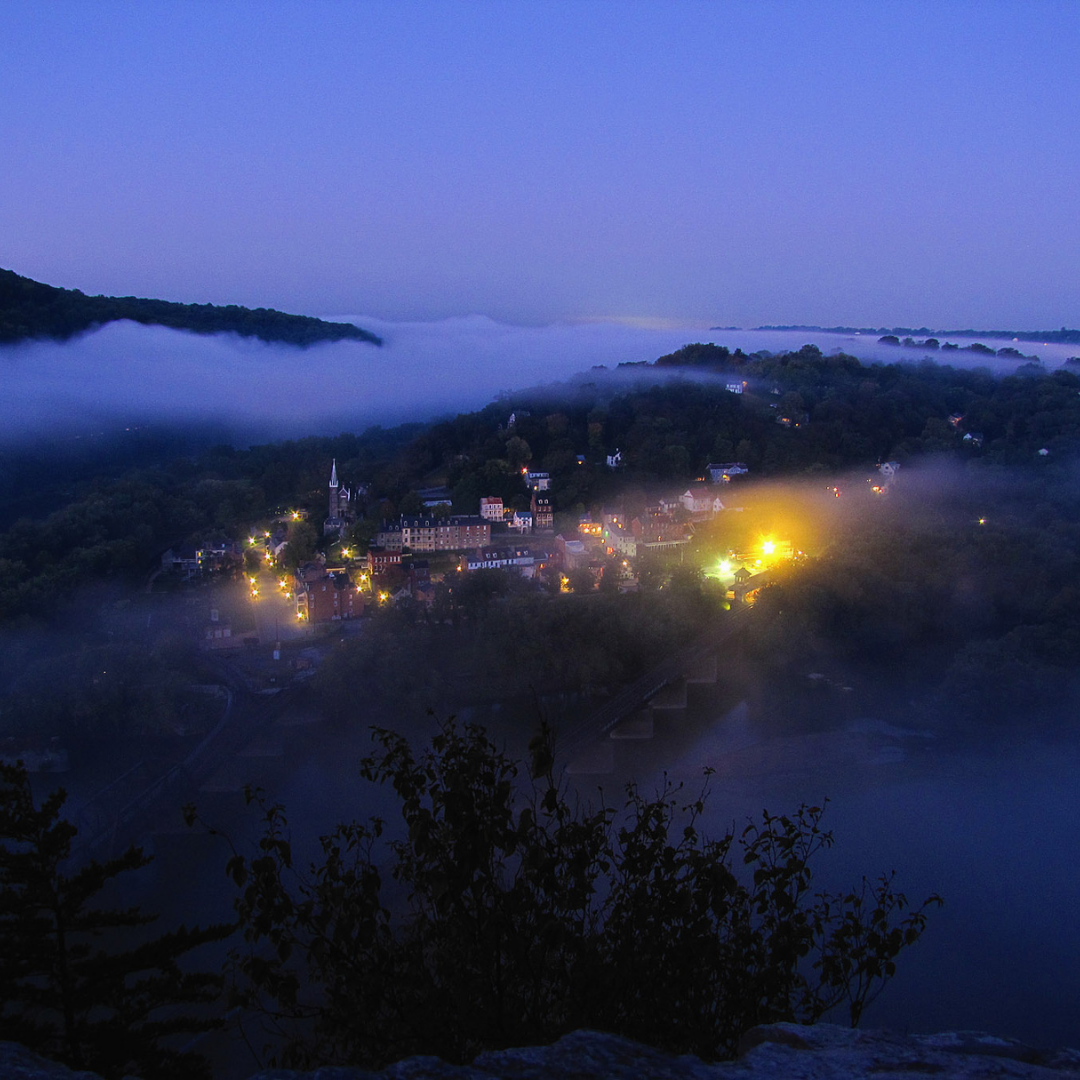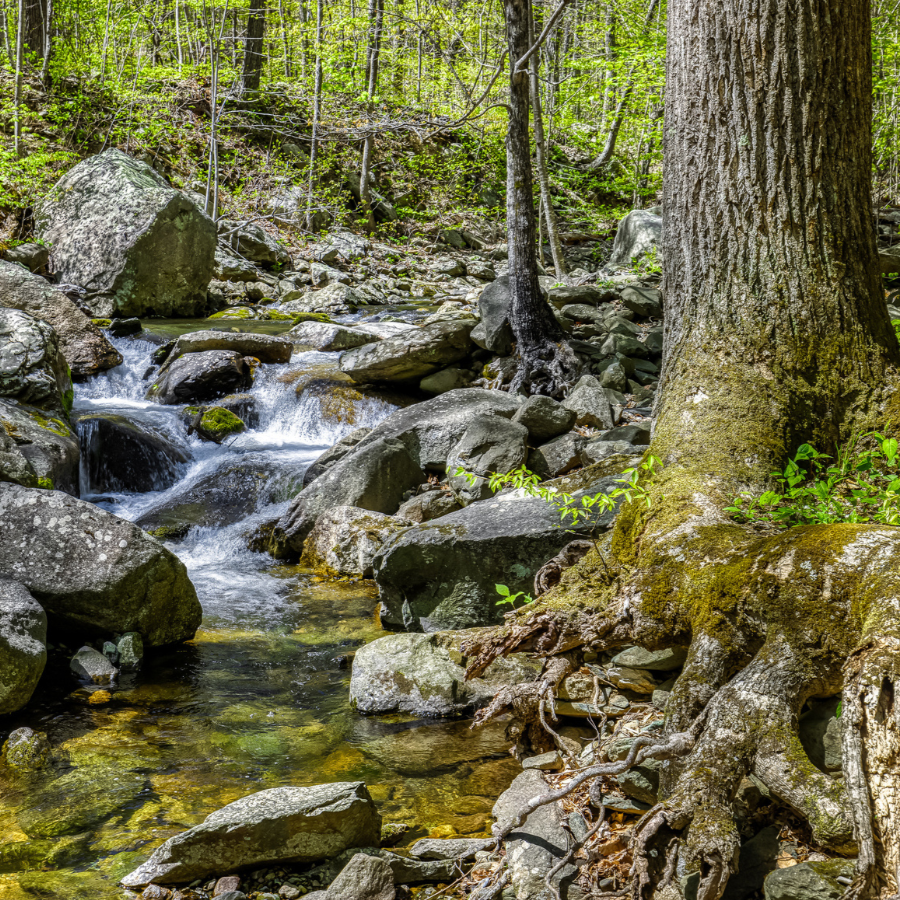Study Finds Beaver Dams Help Clean Polluted Waters
/Once Valued for Little More than their Fur, Beavers Are our Newest Clean Water Allies
Add beavers to the list of nature-based solutions we love!
A study conducted by scientists from the University of Rhode Island discovered that beaver dams can help remove up to 45 percent of harmful nitrogen from streams and creeks.
Nitrogen is one of the most problematic pollutants in the Potomac and the Chesapeake Bay. Nitrates, nitrogen-based chemicals found in fertilizers and other chemical compounds, wash off agricultural and urban areas after rain in the form of polluted runoff. Wastewater treatment plants also contribute to the problem.
These chemicals cause algae blooms, which in turn result in dead zones, underwater areas devoid of oxygen where fish and other aquatic life struggle to survive.
A beaver dam found on a protected property in frederick county, virginia.
Less nitrogen means healthier streams, creeks, and rivers and improved habitat for fish and other wildlife.
News about the beaver's pollution-fighting powers is helping change the perception of North America's largest rodent, an animal that was nearly lost a century ago to overhunting. Populations have been rebounding across the country in recent decades and this news only adds to the beaver's impressive comeback story — from pest to clean water warrior.
Though beavers have been used to help restore streams before, it was not known that their presence on a stream or creek reduces nitrogen pollution.
So how does the beaver do it?
When a beaver builds a dam, the dam traps water behind it, forming a pond. Aquatic plants like lily pads sprout up in the pond, and the dead leaves and plant matter eventually fall to the bottom to decompose, becoming feast material for bacteria.
As the plant material decomposes, oxygen levels drop, and the bacteria are forced to find another source of oxygen. They turn to the nitrates in the water, breaking down the chemicals, using the oxygen, and releasing the nitrogen out of the water as a gas.
All because of the busy beaver.
We’re pretty sure the beavers have no idea this is going on, but we love them anyway.
Get local wildlife and river news delivered to your inbox.
Sign up for our monthly River Update email.
100% Private. We don’t spam.















